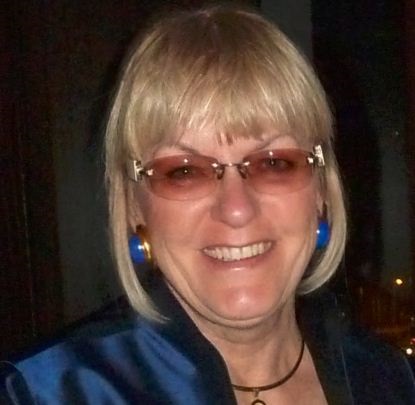- Home
- About Us
- The Team / Contact Us
- Books and Resources
- Privacy Policy
- Nonprofit Employer of Choice Award

 What is fundraising all about? There is a lot of discussion about the many ways to raise funds for a charity and there are many suggestions that are credible and warrant action. Finding new donors is a challenge and one method to expand a donor-base is through special events where existing donors invite guests.
What is fundraising all about? There is a lot of discussion about the many ways to raise funds for a charity and there are many suggestions that are credible and warrant action. Finding new donors is a challenge and one method to expand a donor-base is through special events where existing donors invite guests.
We can speculate on what works and what doesn’t. By examining different approaches to the following situations you may be able to evaluate how your charity is managing turning guests into donors as well as retaining active donors.
Case One: A couple had attended several gala events held by a charity as guests of a donor. Over four gala events they purchased upwards of $17,000 of live auction items. The charity never found out who these guests were, so there was no opportunity to send a thank you for their support. One of the items purchased was a sea kayaking trip. A gift-in-kind donor gifted a very unique opportunity with a well-known tour company. The purchaser (guest) was in for a wonderful and unique experience. What if charity staff had connected with the guest who purchased the trip, got their contact information and suggested a follow-up article for a newsletter or placed on the charity website or through their social media? Just imagine what the benefits have been? Instead these donors went kayaking and never heard from the charity again.
Case Two: A couple attended one of those specially crafted events where board members invite friends for an intimate evening with special entertainment and an introduction to the charity. An expected ‘ask’ was made at the end of the evening. The couple gave a reasonably nice four figure donation and they did receive a thank you call from the executive director, but the call was left on their home voice mail. No further contact was made to engage them as potential donors considering they had given their first gift. Imagine what would have happened if the charity had persisted in having a conversation with this guest. A second gift might have been possible.
Case Three: A couple gave a sponsorship donation for an area of special interest at a local zoo for one year. They had volunteered as part of a group of interested individuals who participated for over a year in a development activity. When the volunteer activity was finished and the sponsorship period expired they received a nicely laid out package with a request for a list of new potential prospects who might be interested in the charity. No one at the charity thought to follow up and the relationship was left to fall away.
This is a situation that called for more effort to build a stronger relationship. Consider the recognition. It consisted of a piece of paper tucked into a frame. This was hardly an acceptable form of recognition considering the sponsorship cost and one that showed little imagination. What if small bronze plaques were mounted to identify sponsors of the different animal enclosures? Left to be viewed, these plaques may have encouraged others to lend their support. There was no photo opportunity of the initial sponsorship which would have been nice for the donor and something the charity could turn into a coffee table book of donors or a web page of donors. This leaves the impression that the sponsorship was simply not important – that’s too bad.
We have never considered fundraising to be easy. Much like running a small business, it’s all about the customer or in this case the donor relationship. Developing relationships with donors takes time and unlike a small business, it is often one or two people left to do a big job. An investment in donor relations by more than one department is important.
These examples reflect a ‘dropping of the ball’. Money was in and that appeared to be all that mattered; these charities were on to the next event or activity. In retrospect, each situation needed to be handled better. So where do these cases bring us? Better planning and greater preparedness to do what the competition does not or will not do, is a good start.
Sharron Batsch is the developer of @EASE Fund Development Software and the author of From Chaos to Control, Build a High Performance Team Using Knowledge Management. She has worked with a wide variety of charities for over 25 years as both a consultant and volunteer fundraiser and event chair. Her work helps define how charities can best use the data they collect and create. She specializes in information management for the not for profit community.